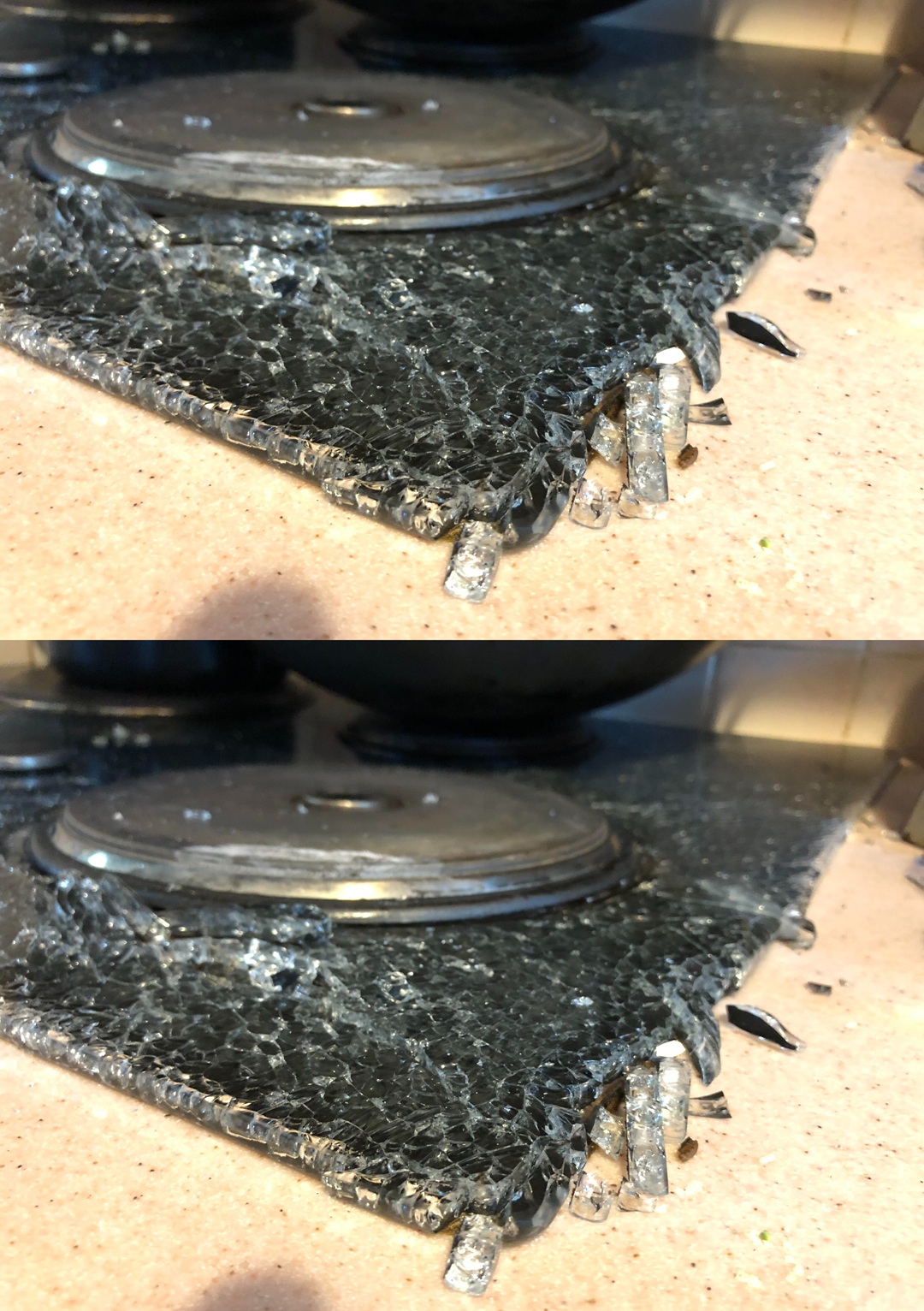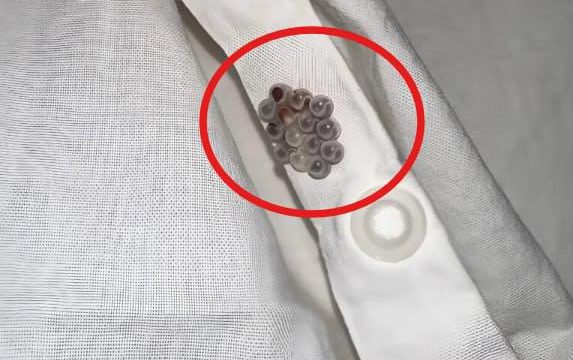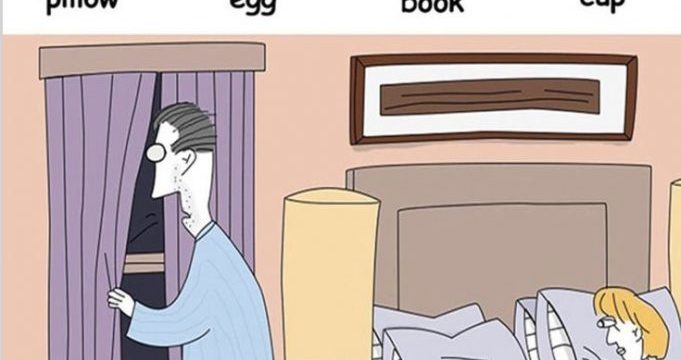Glass top stoves have become a staple in many modern kitchens, thanks to their sleek appearance and easy-to-clean surface. They add a level of sophistication to any cooking space, and let’s be honest—who doesn’t love the smooth, seamless look? But as beautiful as they are, these stoves come with a warning most people don’t learn about until it’s too late. I learned it the hard way, and now I’m here to pass on the lesson: never place a hot lid facedown on a glass top stove.

It might seem like a harmless habit, but it can lead to a shattered cooktop and a whole lot of regret. The appeal of glass stovetops is easy to understand. They’re simple to maintain, easy to wipe down, and they offer an aesthetic upgrade from older coil-style burners. But beneath that polished surface is a vulnerability that many don’t consider until they hear the dreaded sound of glass breaking. I still remember the moment it happened in my own kitchen.
I was preparing dinner, removed the hot lid from a pot, and absentmindedly set it face down on the glass stove while I stirred. Within moments, I heard a sharp cracking noise. That’s when I looked down and saw the damage—deep spiderweb-like cracks spreading out across the cooktop, turning my once-beautiful stove into something out of a disaster movie. So what exactly went wrong? At first, I assumed it was just a matter of the hot lid being too hot for the glass, but it turns out the problem is more complex. When you place a hot lid facedown on a glass top stove, the heat doesn’t have anywhere to go.
The small, enclosed space between the lid and the glass traps the heat, creating what’s known as a vacuum seal. This seal prevents air circulation, and the heat becomes concentrated in that tiny pocket. The result? An extreme temperature differential that puts serious stress on the glass. As the rest of the stovetop begins to cool and that trapped heat lingers in one spot, the glass can’t handle the uneven expansion and contraction. It doesn’t matter how heat-resistant the surface is—glass has its limits. The pressure from the heat imbalance builds until the surface finally gives way, and cracks begin to form.
In worst-case scenarios, it doesn’t stop at cracks; the entire surface can shatter. That alone is a nightmare in terms of costly repairs, but there’s also a real safety issue here. A sudden crack in a glass cooktop can send hot shards flying, especially if you’re actively cooking. Anyone nearby could be injured, and trust me, no meal is worth that risk. I’ve had a few close calls that made me rethink every habit I had around my stove. The fix is simple, and once you’re aware of the danger, it’s easy to avoid. Just don’t place a hot lid face down on your stove. Instead, use a heat-resistant trivet, cooling rack, or a spare burner if it’s not in use. Even placing it on a clean countertop is a better choice. This one small change can save you from a shattered appliance and a hefty repair bill. It’s also a great reminder that even modern conveniences have their quirks and need to be treated with care. Glass stovetops are fantastic additions to the kitchen, but they aren’t invincible. The next time you’re cooking and tempted to rest a hot lid on the cooktop, think about this story. It only takes a second to do it the safe way, and that second could save you a whole lot of trouble. Kitchens should be places of creativity and comfort, not risk and regret. So be kind to your glass stove, and make safe habits second nature.





